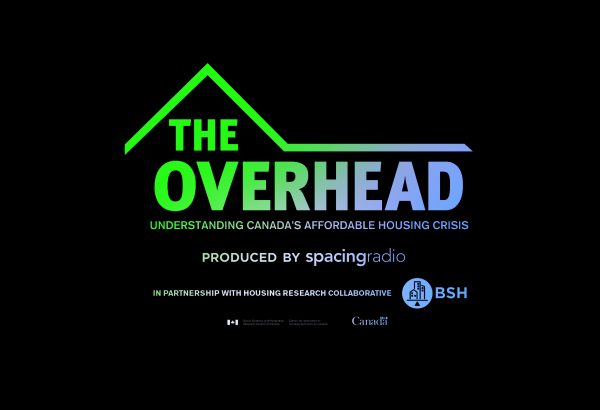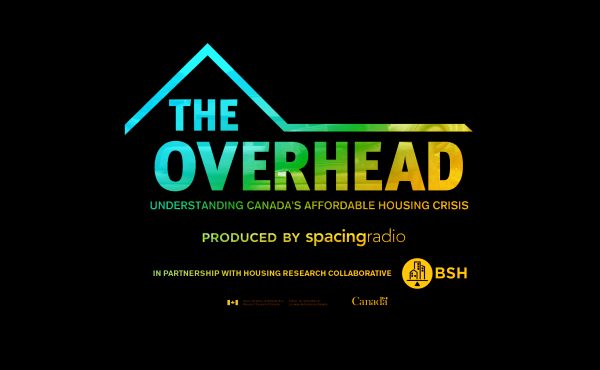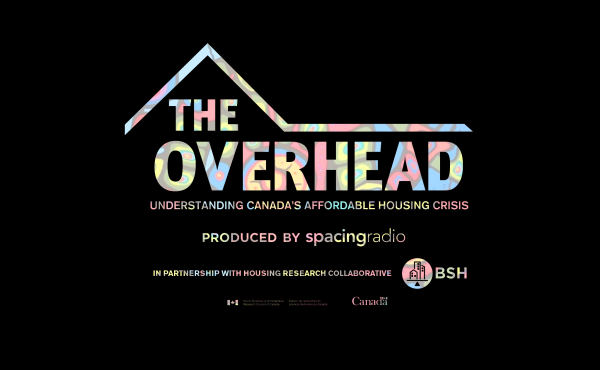THIS EPISODE: Non-Profit Housing and Gentle Density
In the federal election just passed, we heard many big ideas about how to tackle the housing crisis. And we could sure use a major effort from our new federal government. But there is also a lot of research and advocacy done about smaller-scale approaches that would have outsized impact on housing affordability and availability. And we examine two of them.
First, we speak to two people from the advocacy group Vivre En Ville: Director of Housing Adam Mongrain and housing advisor Ines Zerrouki about the role non-profit housing can play in this crisis. Here’s Adam:
What we’ve seen in our research looking in Canada and elsewhere is that a greater share of social housing, whether that’s subsidized, with services, community housing, co-ops, does have a market effect. If we have more social housing available, that induces competition for tenants and for buyers generally across the entire housing supply.
And we spoke to McGill University Associate Professor of Architecture and Urban Planning Nik Luka and LGA intern architect Conrad Speckert about how adding gentle density or missing middle hosing to existing neighbourhoods can increase supply, if we just allow it to be built (as many Canadian cities did in the past). Here’s Conrad:
If you could, hypothetically, copy/paste the types of housing we see in other parts of the world or even that we constructed in this country 100 years ago, just plopped it down as a unity for sale or for rent in the city, does anybody believe that that unit wouldn’t rent or sell?
How can small-scale housing fixes make big impact in Canada?
Listen here for The Overhead:




